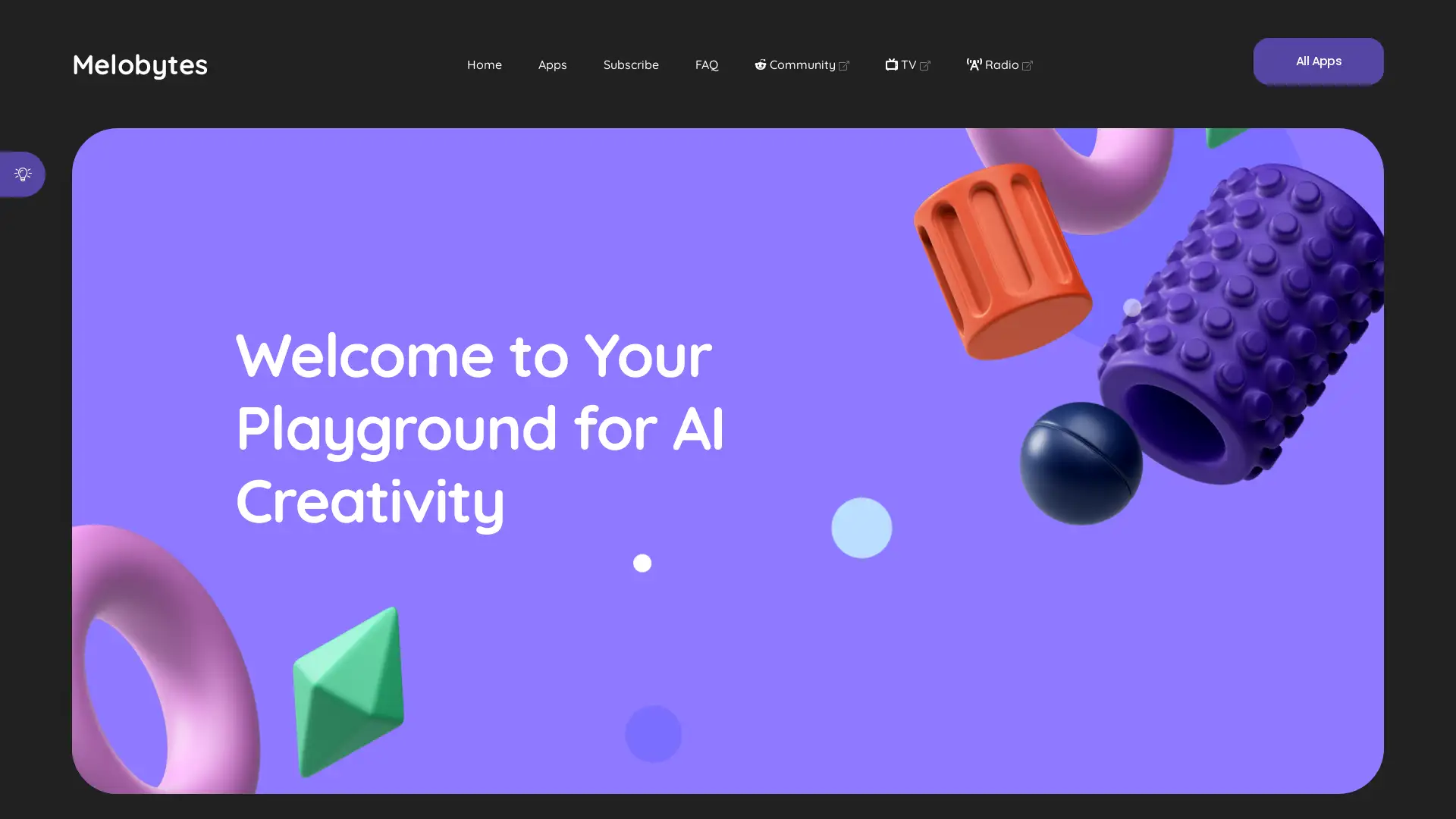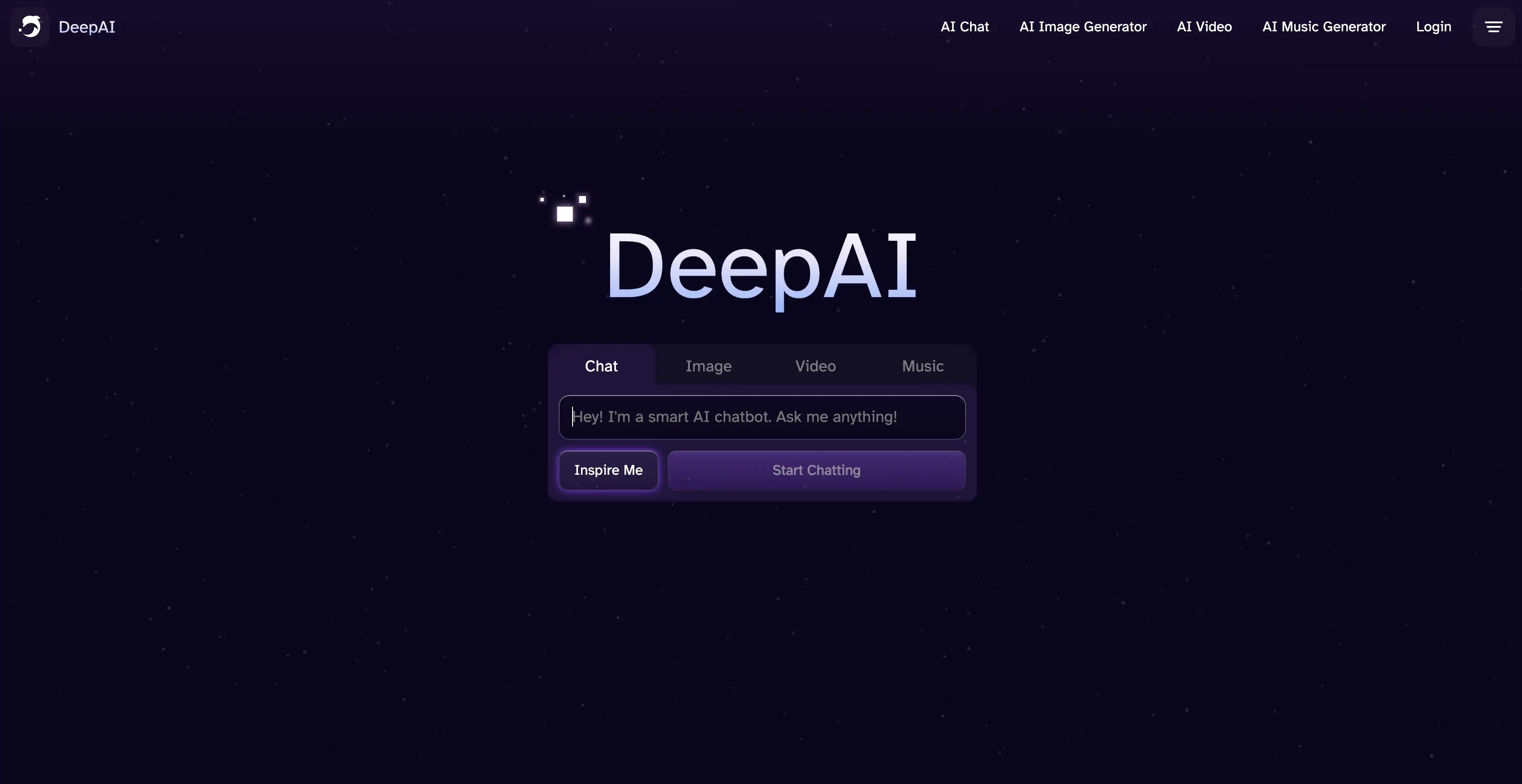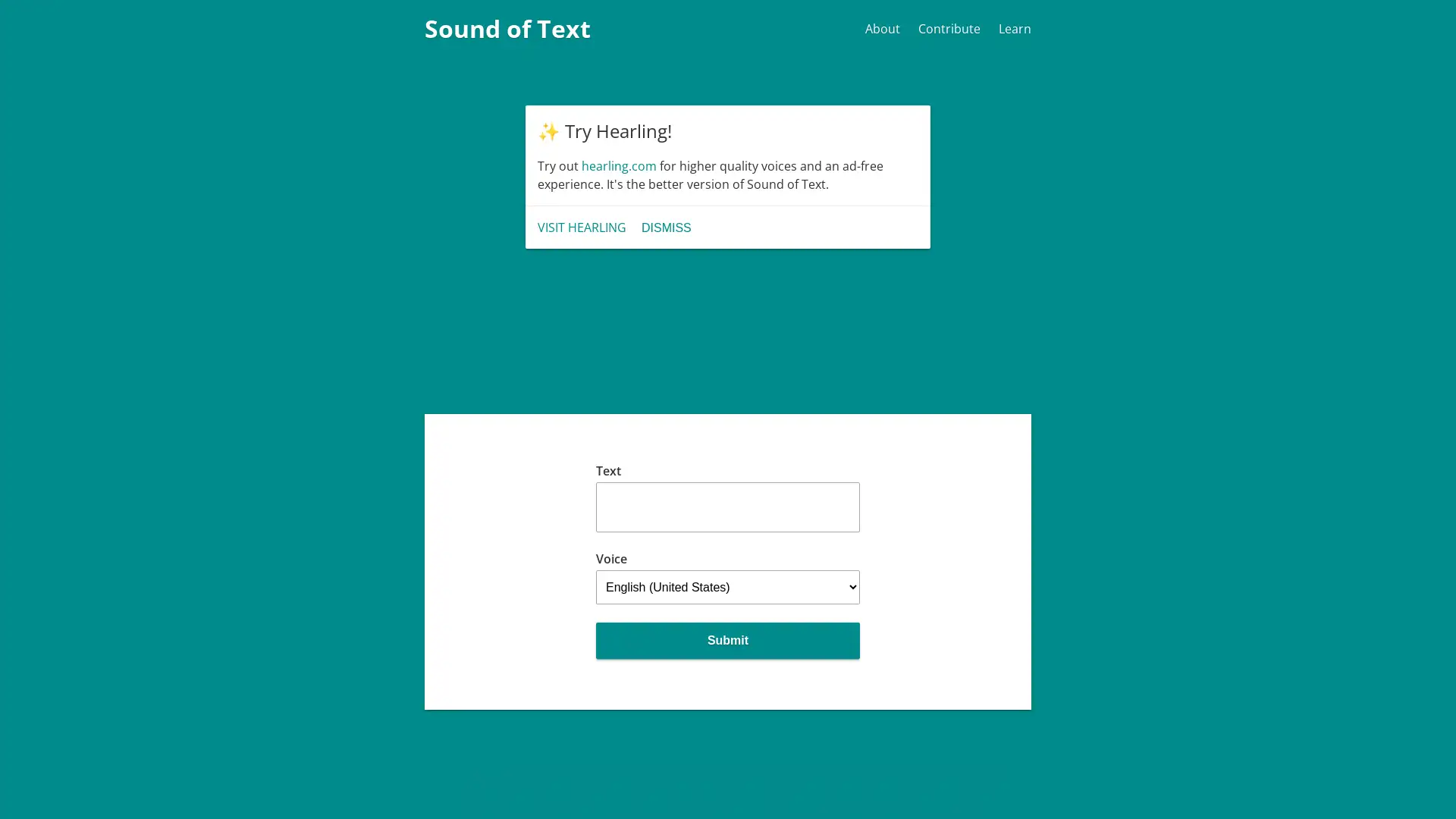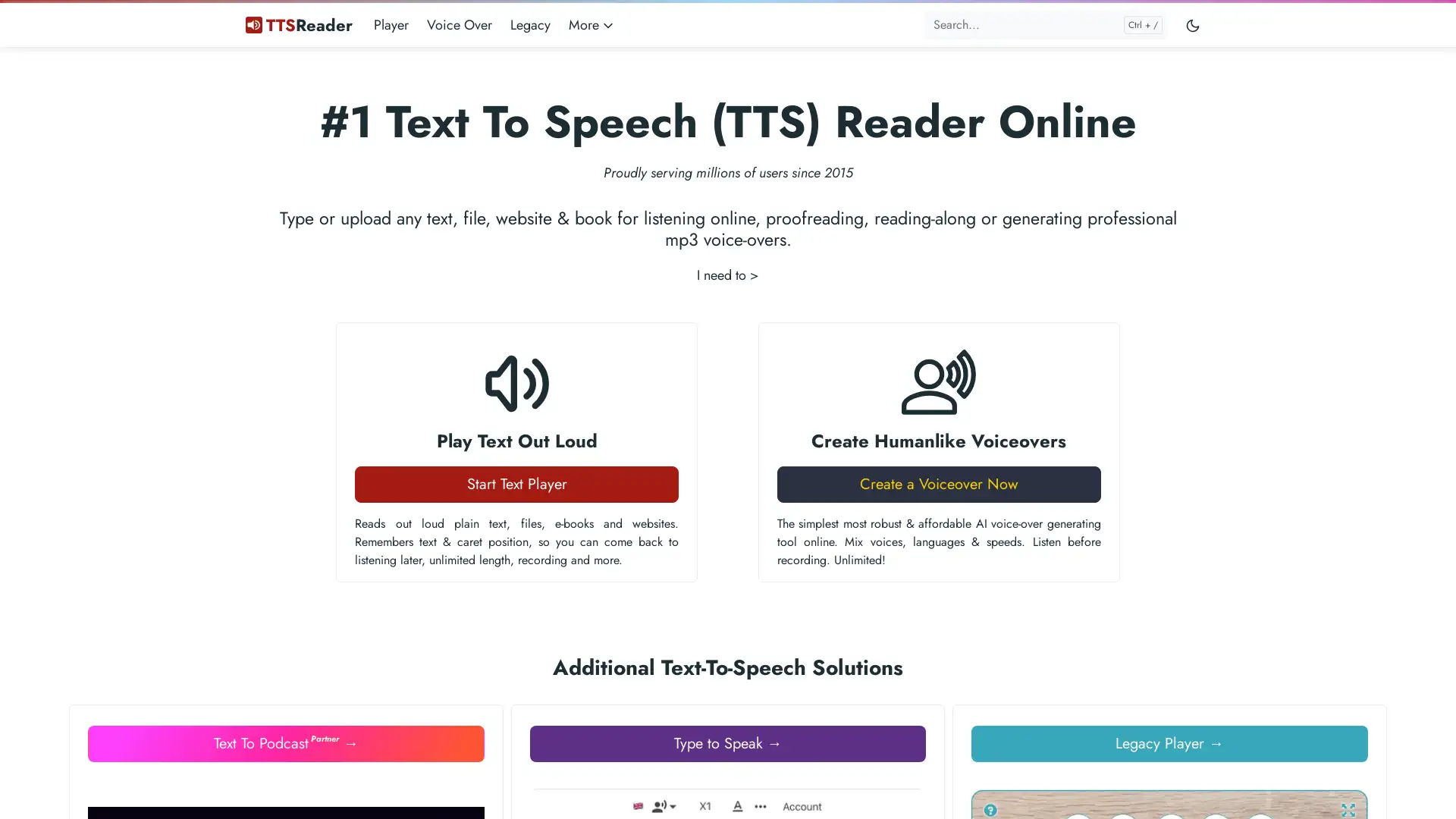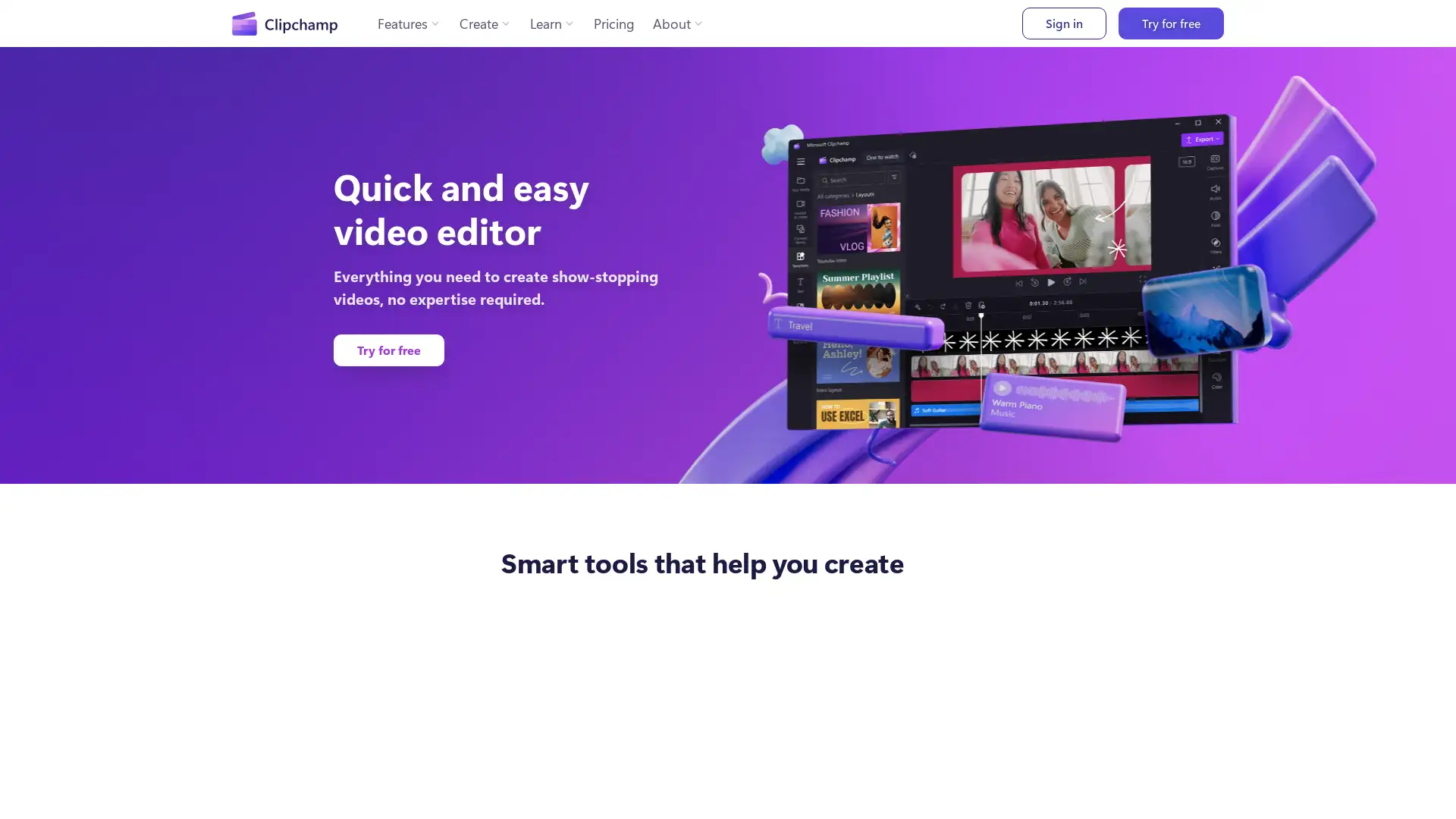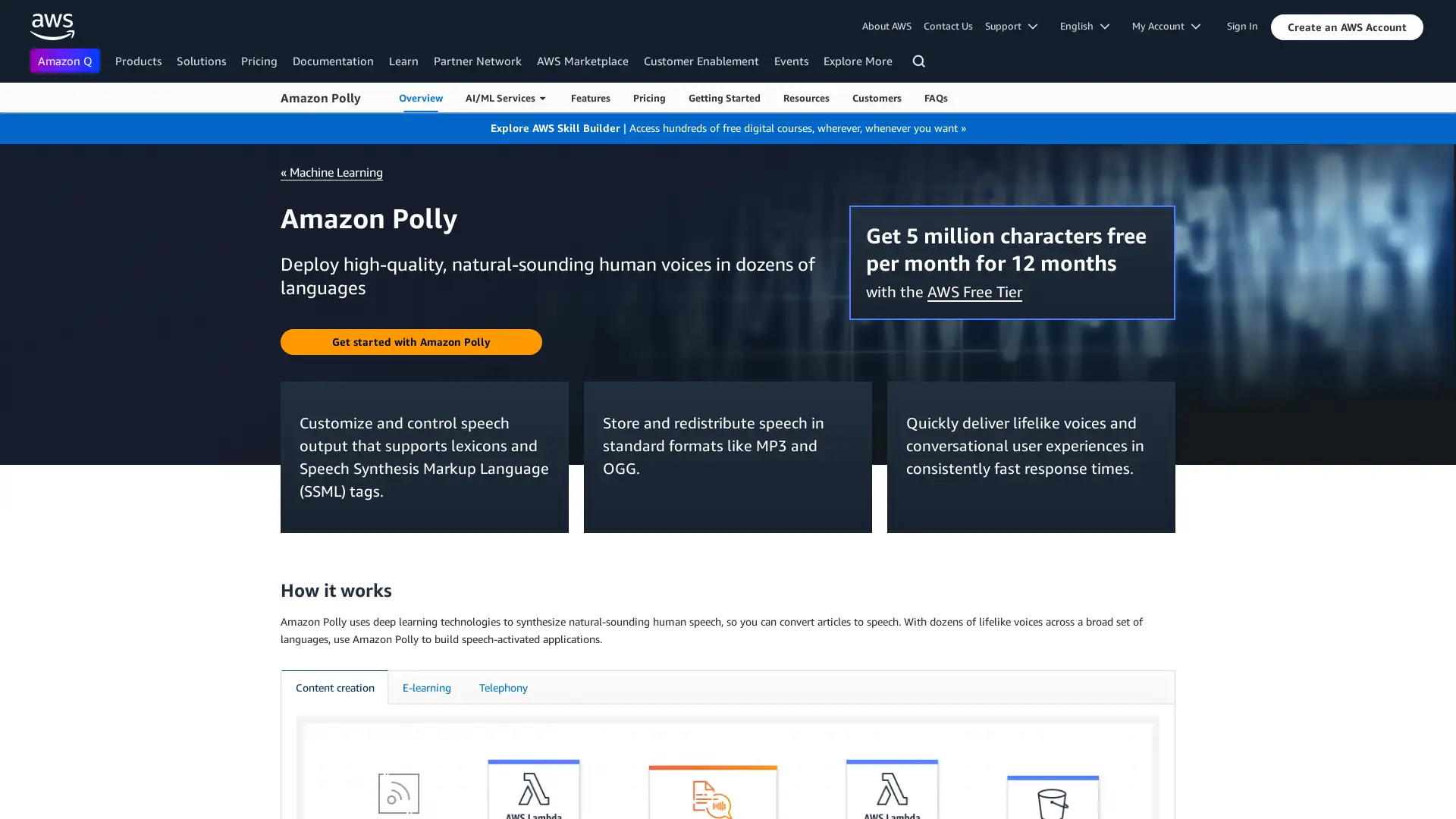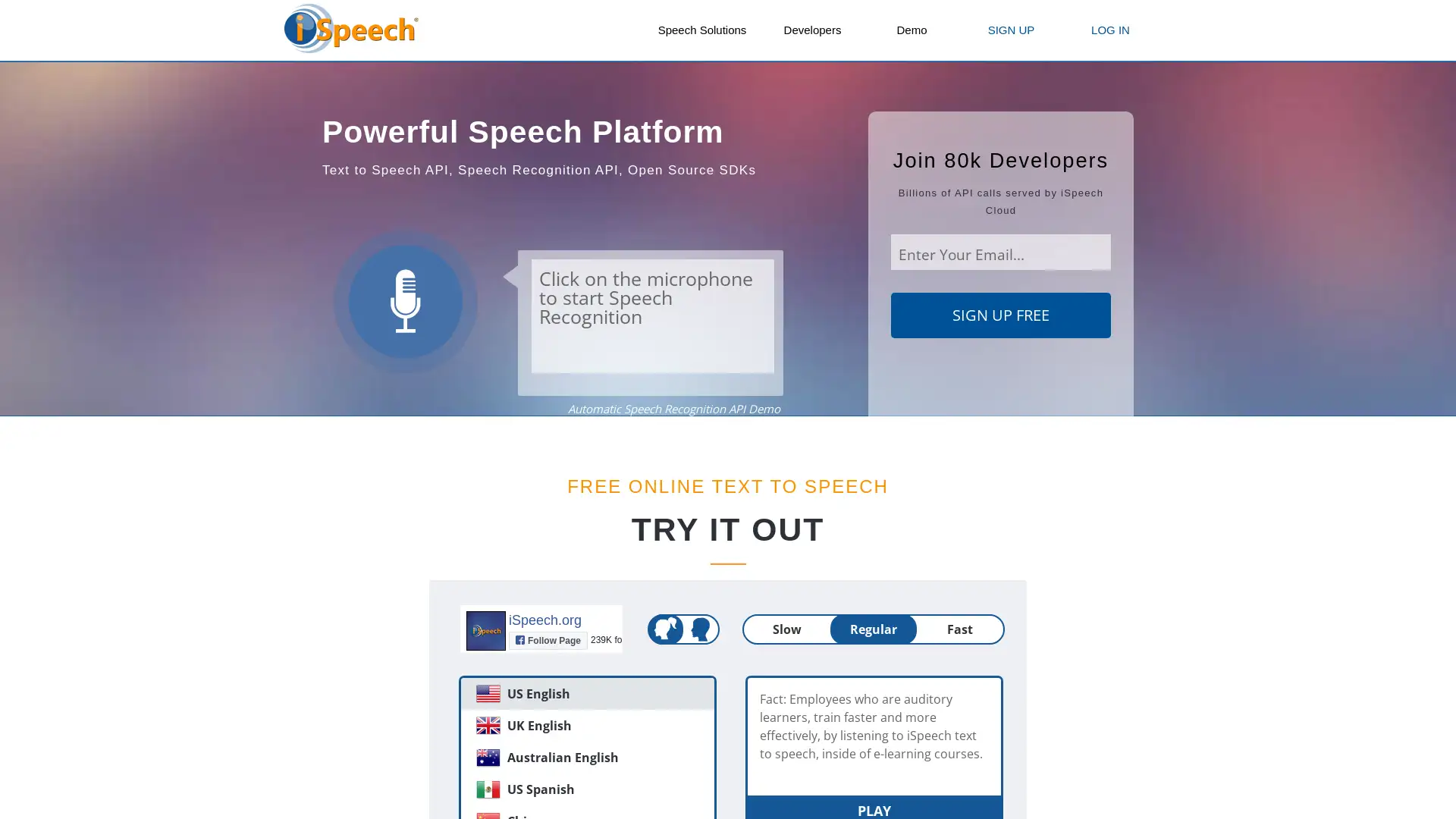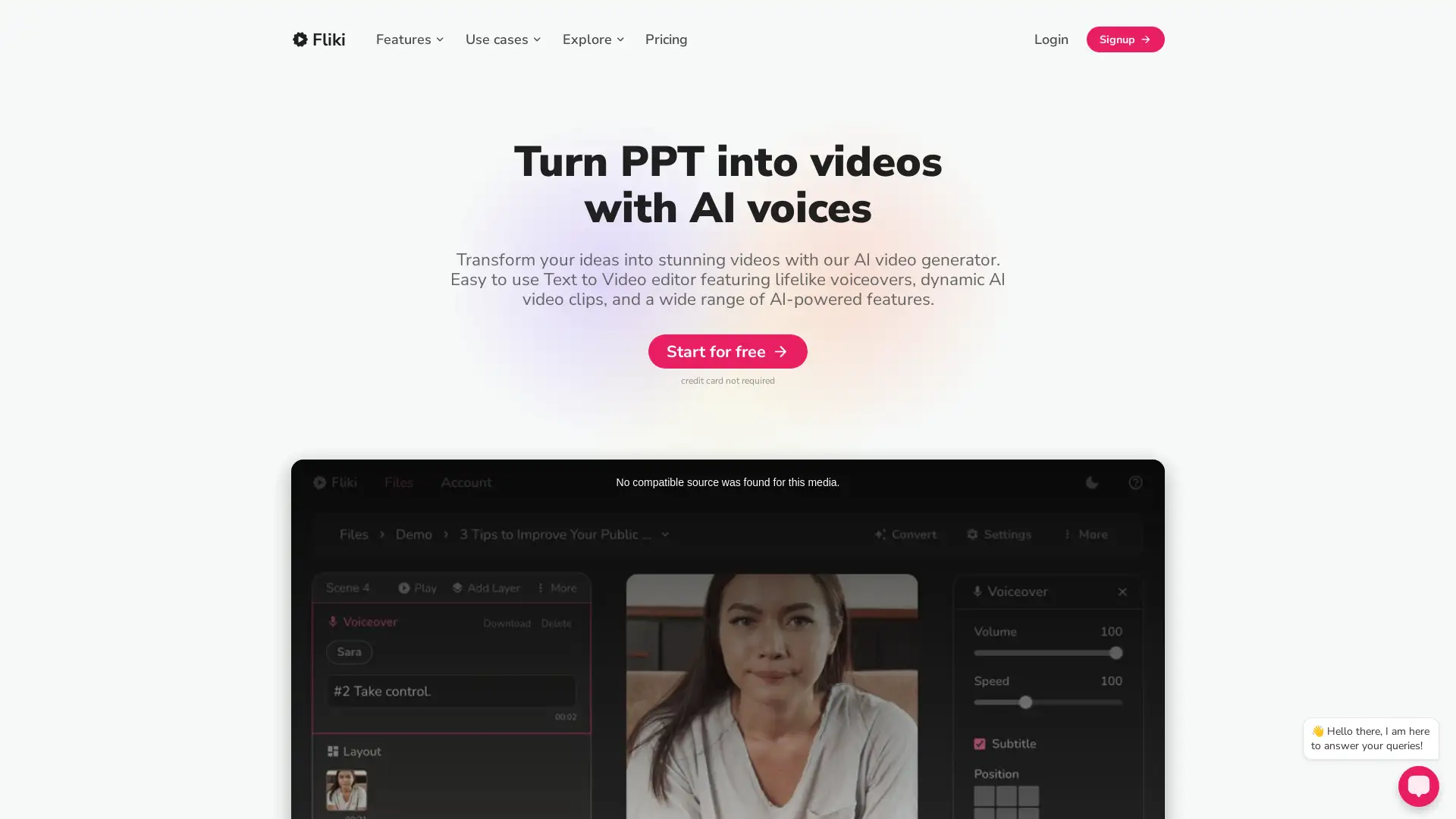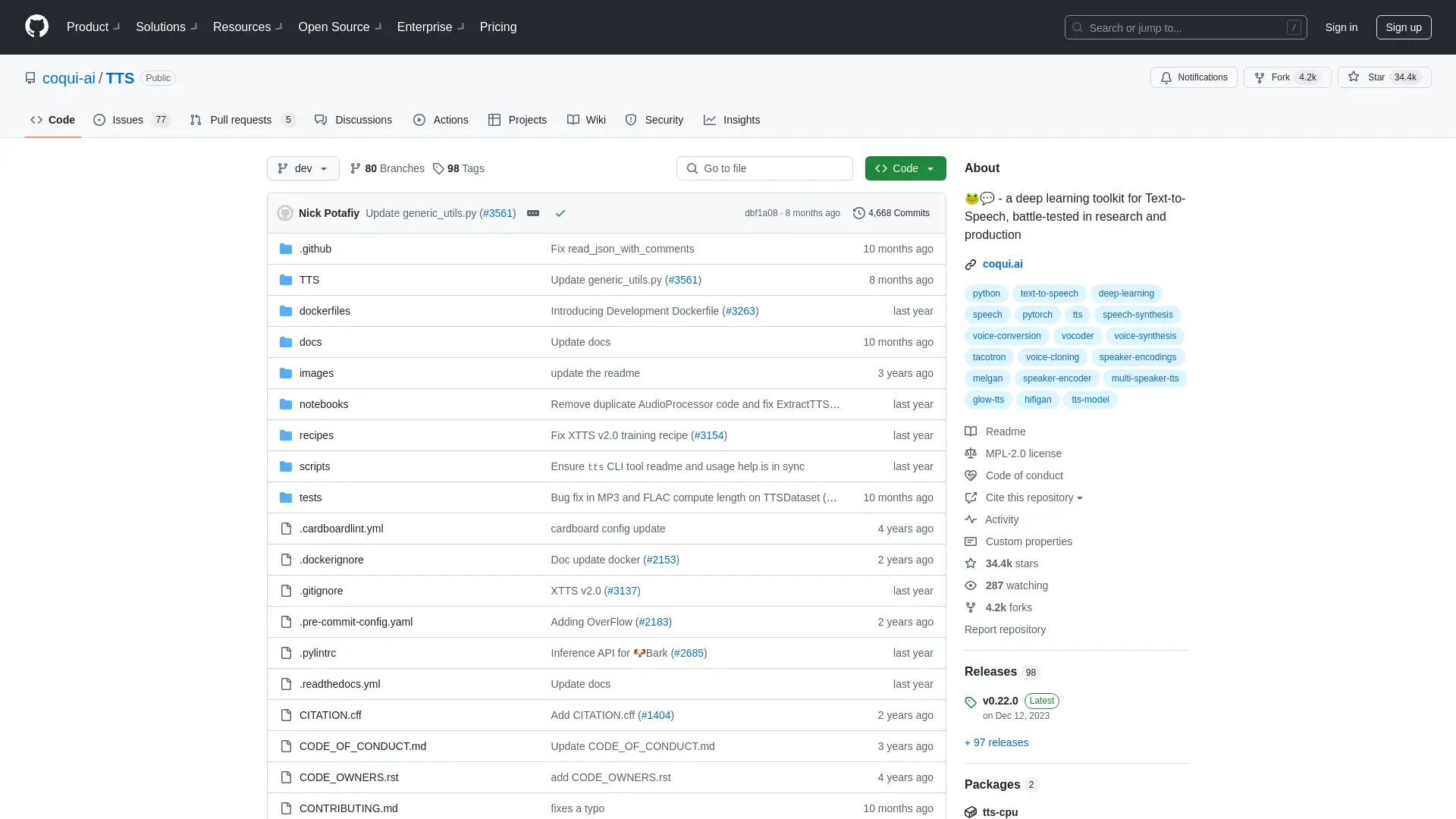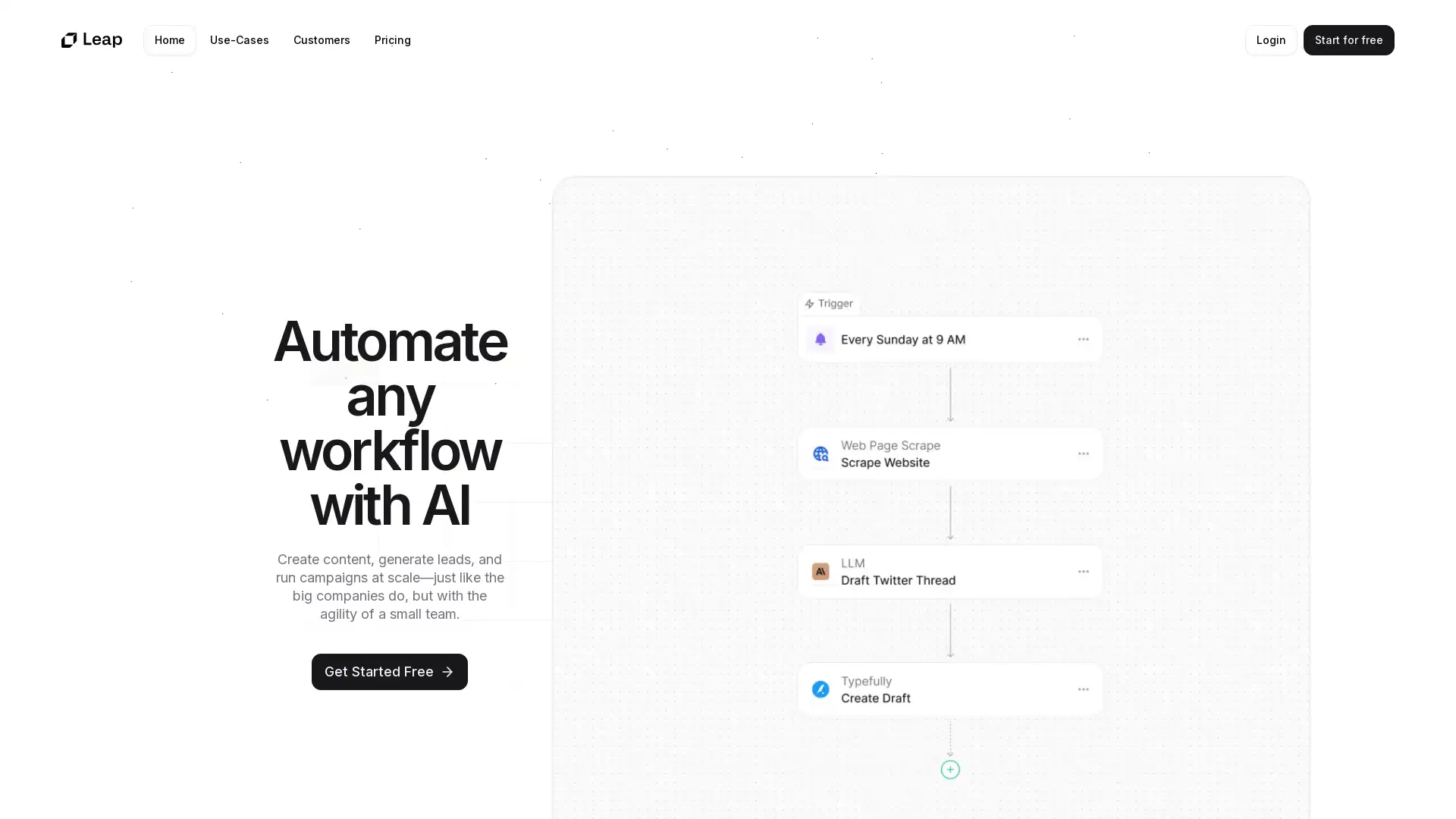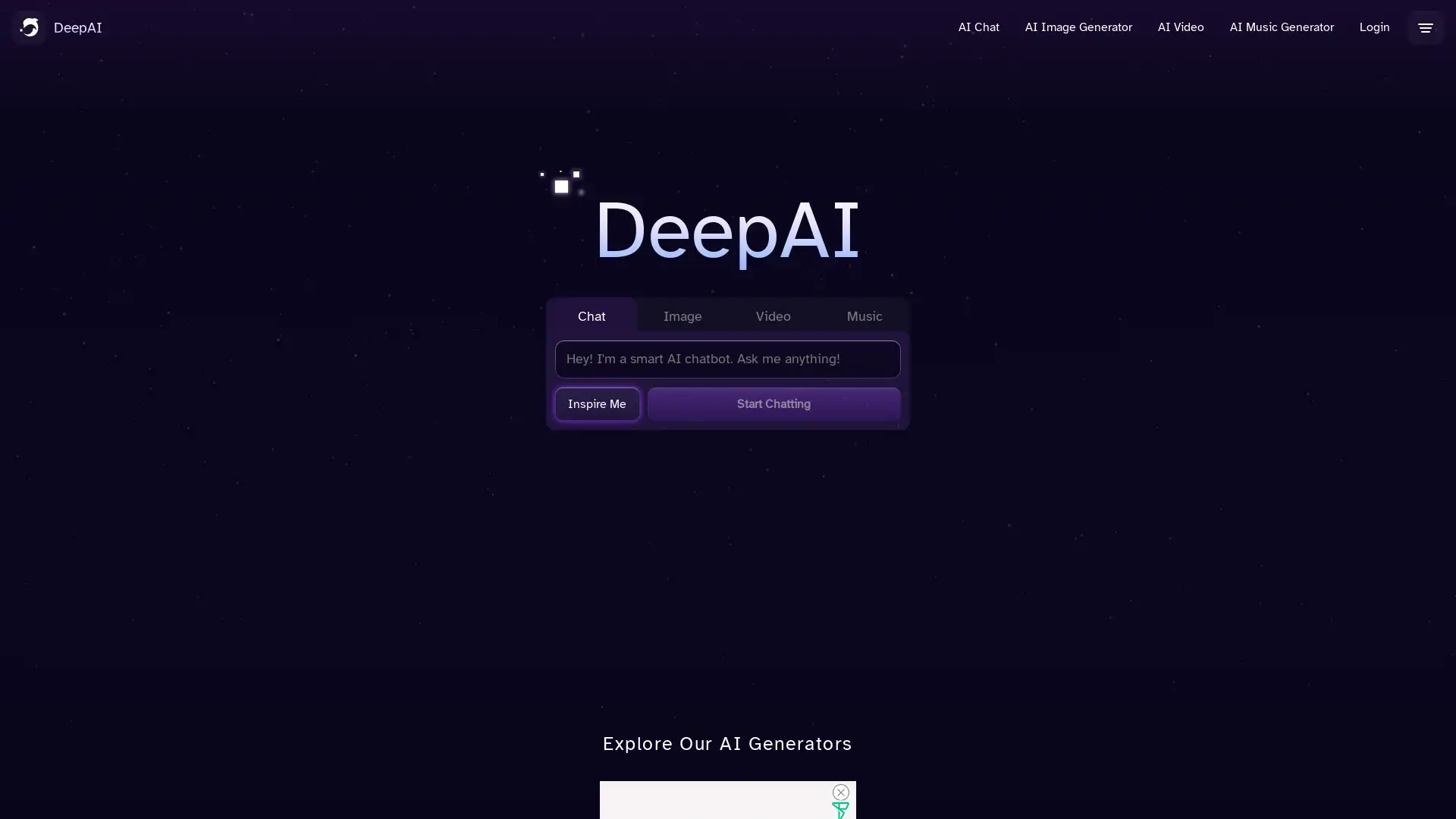Best 30 AI Tools for Text to Speech in 2024
Melobytes, Deep AI, Sound of text, TTSReader, Clipchamp, Amazon Polly, Uberduck AI, Ispeech, Fliki AI, Flexclip, Deepbrain AI, Coqui TTS, Narakeet, Leap ai, VoiceMaker, DesiVocal, Deep AI, Dupdub, uberduck, Voicify AI are among the best paid and free Text to Speech tools available.
Introduction to AI Text-to-Speech Tools
AI Text-to-Speech tools are software applications that use artificial intelligence to convert written text into spoken language. These tools analyze textual input and generate human-like speech, offering flexibility in voice, accent, and language. They play a crucial role in various sectors, such as accessibility, content creation, and communication, allowing users to transform text into audio for a wide range of applications.
Key Features of AI Text-to-Speech Tools
AI Text-to-Speech tools offer several core features that make them versatile and powerful. These include multilingual support, customizable voice options, real-time speech generation, and natural language processing (NLP) for improved fluency. Advanced tools also provide the ability to adjust tone, speed, and emphasis, enhancing user control over the final output. Additional functionalities like audio file export, web-based integrations, and API accessibility make these tools adaptable to both simple and complex tasks.
Who Benefits from AI Text-to-Speech Tools?
AI Text-to-Speech tools are useful for a wide range of users, from beginners to experts. Individuals with accessibility needs, content creators, educators, and developers all benefit from these solutions. Non-programmers can easily use these tools with minimal setup, while developers can leverage APIs for further customization. The flexibility of these tools makes them ideal for both casual users looking for basic text-to-audio conversion and professionals seeking tailored voiceovers or narration.
Additional Insights on AI Text-to-Speech Tools
AI Text-to-Speech tools are increasingly being adopted across various sectors, such as education, healthcare, and entertainment. Their user-friendly interfaces, combined with the potential for API integration, make them easily adaptable to existing workflows. These tools enhance accessibility by providing voice-based interactions and are used to create interactive voice response (IVR) systems, virtual assistants, and dynamic content like audiobooks or podcasts. They also support individuals with disabilities, offering solutions for those who cannot read or type.
